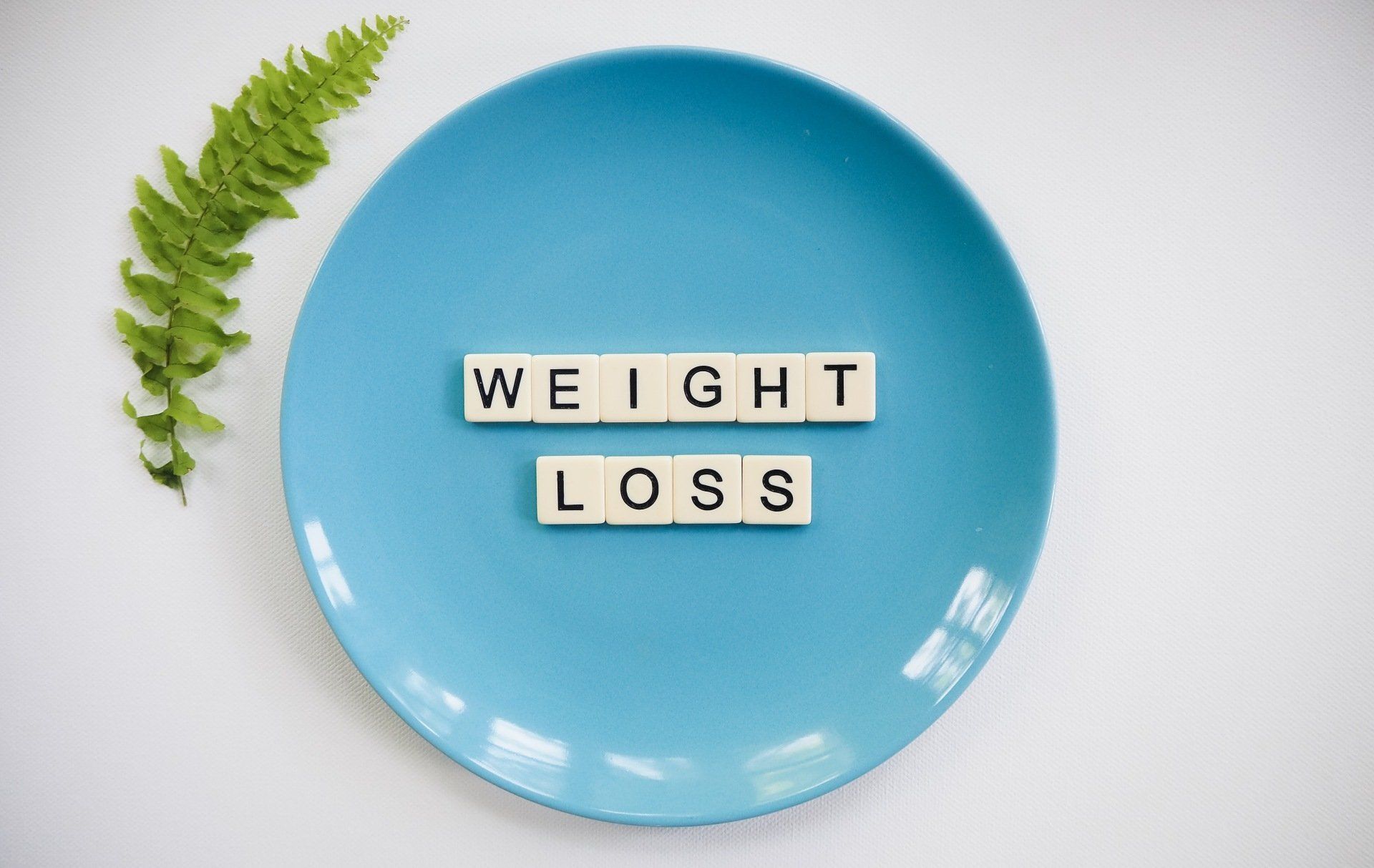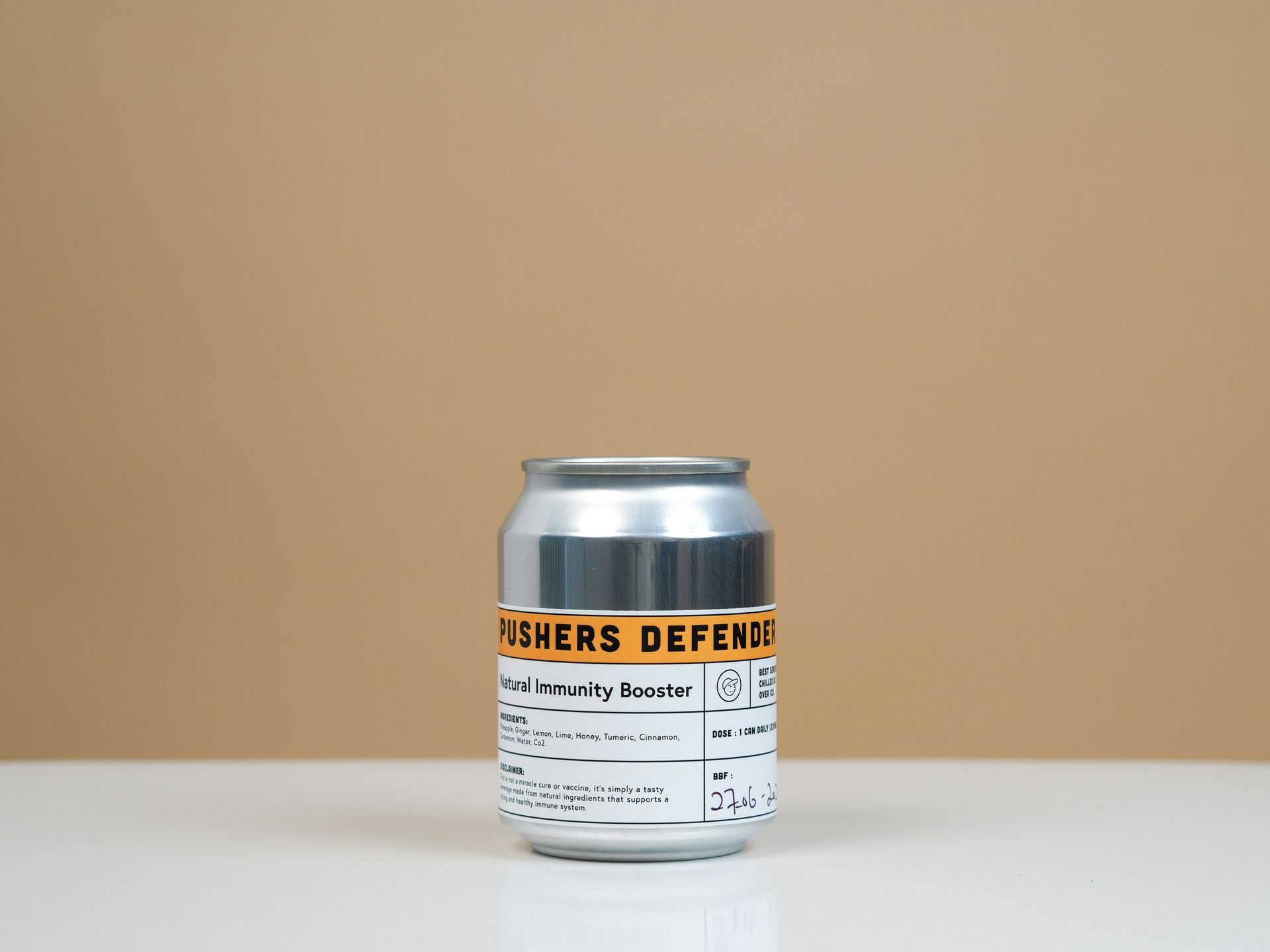Maximizing ketosis – Examining the old research
Maximizing ketosis. Aside from being on a ketogenic diet, what else can one do in order to be as "ketogenic" as possible?
SOME BASIC SCIENCE BACKGROUND
The body normally produces ketones in the liver. What are ketones? ketones
When the body produces more ketones than it can excrete, we begin to see high levels in the blood or urine. This is ketosis.
EXPLAINING THE LINGO
IS IT IN THE BLOOD OR IS IT IN THE URINE?
(Emia vs uria)
Hyperketonuria –“Hyper (too much), keto (acid that is produced during fasting), uria (in urine)- in other words, amount of ketones ketones found in urine.
Hyperketonemia- hyperketone (many ketones) + emia (in blood) – from the word “heme or hemoglobin which is what makes blood red- in other words, hyperketonemia stands for “amount of ketones found within blood”.
THERE ARE THREE MAIN TYPES OF KETONES
The ketones are of three main types and are formed inside the liver. They have special names that set them apart and are called acetoacetate, acetone, and beta-hydroxybutyrate.
These ketones all come from Acetoacetate, which is also found in the liver. Of the three, beta-hydroxybutyrate would be the most abundant measurable ketone seen in human ketosis.
TRACKING YOUR KETONE LEVELS
At the beginning of ketosis, the first substance to appear is acetoacetate. As ketosis increases, you begin to see beta-hydroxybutyrate. When I monitor for ketosis during a ketogenic diet, I like to measure the serum for beta-hydroxybutyrate, or BHB for short. Urine tests measure acetone and not BHB. I prefer to measure blood ketones , not urine. Blood tests measure BHB, which is a better indicator of a higher level of ketosis. We can measure BHB ketones by drawing blood in the clinic and sending it off to a special lab, or a more convenient way would be via finger prick blood testing using a home ketone monitor which you can buy online. Urine tests for ketones measure acetone and not BHB. You might detect acetone but a better test would be for BHB.
DIABETIC KETOACIDOSIS -
NOT THE SAME AS NUTRITIONAL KETOSIS
DIETARY ketosis is different from DIABETIC ketoacidosis (DKA) that is seen in uncontrolled diabetes, which can be a dangerous thing. Fortunately with dietary/therapeutic ketosis, the levels do not get high enough to be life threatening. Diabetics who go on a ketogenic diet, find that not only do they lose weight , their glucose levels may become more controlled. Caution must be taken though if you are diabetic, and already on anti diabetic medications like insulin or glipizide. The resulting lower glucose levels might mean greater risk of very low glucose levels and might result in lightheadedness and dangerously low glucose levels in diabetics on medication. Always consult a doctor when trying the ketogenic diet for the first time! This is a medical diet, not a fad diet, and should be monitored medically to be safe and successful.
NUTRITIONAL KETOSIS
ACHIEVING KETOSIS VIA FASTING or a HIGH FAT DIET
FASTING OR STARVATION
The quickest way to becoming ketotic is via fasting , starvation or in other words, by not eating! One could fast from solid food for 14 to 18 hours and quickly reach ketotic levels but must keep up with their hydration and drink water or low calorie broth.
HYDRATION IS IMPORTANT TOO- DRINK!!!
Drink plenty of water. If you find yourself drinking less than a liter a day you can quickly LOWER ketosis, (antiketogenic) therefore it is important to take enough water to keep well hydrated during periods of fasting. Fasting also has a "diuretic" effect , meaning it makes you want to urinate or “pee” more. Too much urine output will lead to dehydrations and lower ketosis.
KETOGENIC DIETS
Another way to ketosis is by taking in more fat compared to protein or carbohydrates. This is generally what we call a ketogenic diet. In the 1950s and 1960s, experimental studies on human subjects used diets that consisted only of oleomargarine and saltine crackers which provided 1000 to 2000 kilocalories a day, out of which 900 came from fat, which would be roughly equivalent to 20% of carbohydrates, 2-5 % protein, and 75-78% from fat . Sounds a bit extreme to me!
SOME PEOPLE ARE BETTER KETONE PRODUCERS THAN OTHERS
The scientists also found out something interesting. After consuming this type of diet, not all of the young men in their studies had ketosis. Inspite of the fact that they all ate the same diet, some were not ketotic at all while others achieved high levels of ketosis. It appears that other hidden factors came into play, and diet was not the only driving force. After 7 days of starvation some of the men measured ketone levels as high as 7 mM/L while others only made 1 mM/L.
MEAT EATERS
Another ketogenic diet regimen used during the late 1950s/1960s contained only dried meat and lard, which meant that 70 % was fat and 30% was protein, with zero carbohydrates! You can clearly see however that with a diet like this, ketosis will be achieved easily, but the overall nutritional content might need more attention .
TYPES OF MODERN KETOGENIC DIETS (1990s-2017)
I wrote about this previously, (diets )but will go over them again. Nowadays, the ketogenic diets are used in children with uncontrollable seizures. Nutritionists made these diets more pleasing and use more ingredients other than just saltines and margarine. You can probably find a lot of these online. These diets still contain an overwhelmingly high amount of fats (70-75%), and lower amount of carbohydrates ( 5-10%). The rest of the diet contains the protein (~20%). When using a ketogenic menu, all ingredients are weighed, and not simply measured with a spoon or cup.
In the 1980s and 1990s, the Atkins diet became popular, this means limiting the daily amount of carbohydrates to 20-40 grams daily, while allowing more proportions to fats and protein. While ketosis can be achieved, the levels may or may not be as high as with a strict ketogenic diet.
This is the same as the Atkins diet. Fats are 60% and Carbs are 10% of the diet. Contrary to belief, Atkins does not have to be high in protein.
Strict ketogenic diet. Notice the large proportion allocated to fats. 70-75%
POST EXERCISE KETOSIS, WEIGHT AND KETOSIS
WEIGHT DOES MATTER- Less is more
Weight and exercise also can affect ketosis. When starting the ketogenic diet, most if not all people will lose weight immediately, but because of differences in body weight, not all will become ketotic. Scientists noticed that heavier subjects produced less ketosis compared to normal weight people despite being on the same diet. More fatty tissue appears to be less conducive to achieving ketosis, despite adherence to a strict ketogenic diet. Newer evidence regarding the presence of the hormone leptin, which is found in fat, show a link between higher leptin levels and cancer risk.
EXERCISE CAN INCREASE KETOSIS, BUT REST IS IMPORTANT TOO
Moderate prolonged exercise followed by a prolonged rest period, can also quickly produce ketosis. During moderate exercise, the liver produces ketones while the muscles are busy destroying (oxidizing) them. Due to this balanced process, we don't see elevated blood ketones during exercise. However, once exercise stops, the ketone destruction stops, but the liver keeps producing ketones, therefore the levels now begin to rise. Therefore one has to have a period of rest right after the exercise, in order to see the higher levels of ketones in the blood.
COLD EXPOSURE AND KETOSIS
Cold Temperature appears to increase ketosis.
Patients measured higher levels of blood ketones during winter and they produced less ketones during summer Subjects who were exposed to extreme cold (8-14 C) also produced more ketones than those who were exposed to warm (21-25 C) temperatures.
Winter ketosis versus lower ketones in summer
The cold exposure appears to trigger the pituitary gland ( pea sized gland in the brain) to increase catabolism (opposite of anabolism). Catabolism is a breakdown of energy.
Increased catabolism will lower overall blood glucose while at the same time, increase blood and urine levels of ketones
SUMMARY - MAXIMIZING KETOSIS -
HOW TO?
See your doctor first, then get a good menu plan
Seems like the key to success is to get together a decent menu plan or diet plan, monitor one's weight, and see a health professional first before embarking on any diet, especially if it is a ketogenic diet.
Diabetics , take some precautions
Diabetics should be especially aware that this low carb approach might lead to dangerously low blood glucose / sugar levels. We can avoid this by cutting back on some of the glucose lowering medications. It is probably a good idea to have a doctor supervise you while you try to do this.
OTHER THINGS THAT CAN HELP BESIDES DIET
Losing some weight will help in maximizing ketosis. A target goal of BMI (Body Mass index) 29 or below . We calculate BMI using body height and weight. If the weight is too much for the height, the BMI rises.
Obese people will have larger BMIs. There are many online BMI calculators that one can use to estimate the correct weight for one's height.
Here is a handy BMI calculator:(BMI calculator)
Exposure to cold climates can increase ketosis. There is some decent research behind it. See this interesting JAMA paper. I thought this was pretty much " Vintage research" , but this is understandable because very little research was done on ketosis between the 1960's-1990s!
Daily moderate exercise followed by rest is another achievable goal. A daily half mile or mile walk followed by a few hours of rest should be decent exercise for most people. People with heart disease or high blood pressure should see a doctor before trying any strenuous exercise regimen.
Keep well hydrated. Drink at least 2 liters of water daily. Anything less than a liter a day is antiketogenic. Take into account the body weight. More weight means you need to drink more in order to keep hydrated.
SUMMARY
A brisk early morning walk gives you the benefits of the previous night's fast (assuming it is 7-8 hrs minimum). Eat dinner early (~before 6 pm). Take a nice long walk in the cold (winter preferred) air. This will keep the heart pumping !
Don't forget to take a long rest after the exercise.
During the exercise, we produce no ketones. It is only after the exercise ends that we see ketones rising during the rest period!. This exercise + fast strategy will quickly help the " get-into-ketosis-quick" plan. Add to that, drinking at least a liter of water will improve hydration and boost ketosis!
BLUE LIGHT CAN BE BAD
Lastly, a good night's quality sleep and shutting down your iPads and iPhones early in the night should help top off your day.





